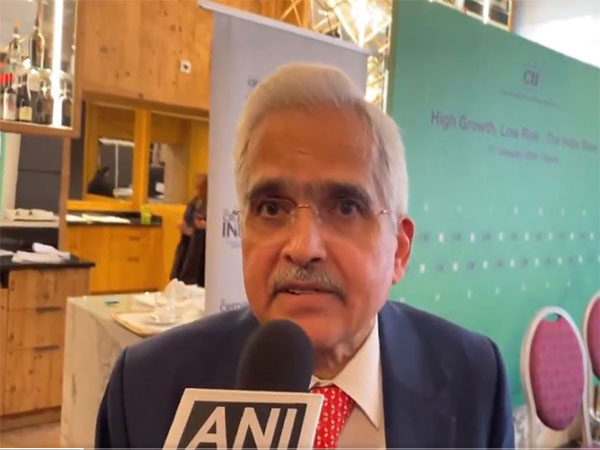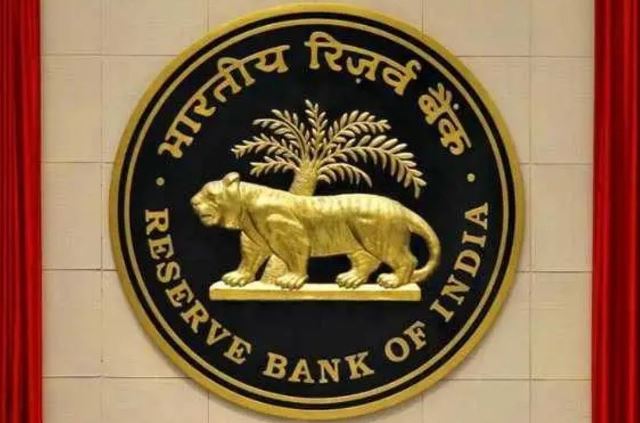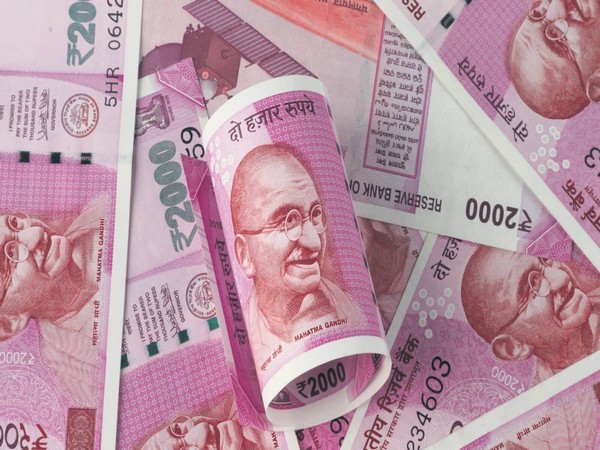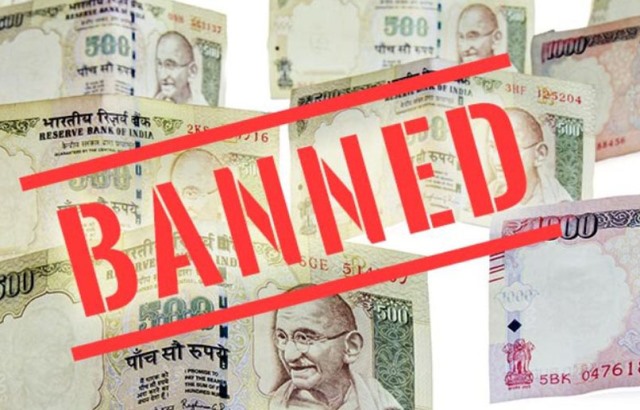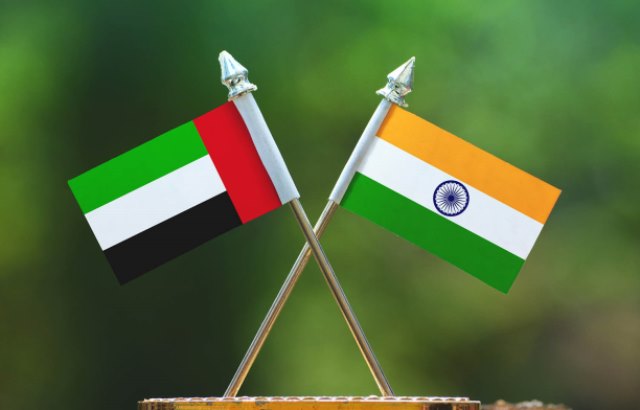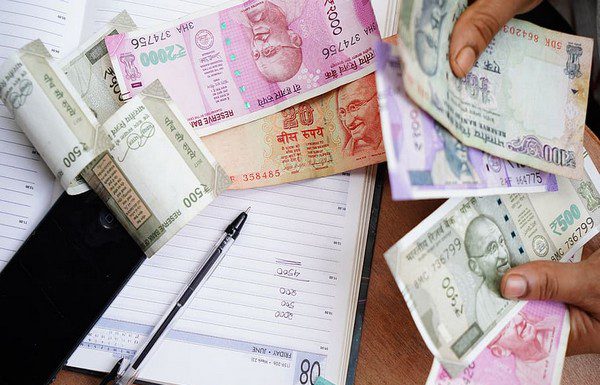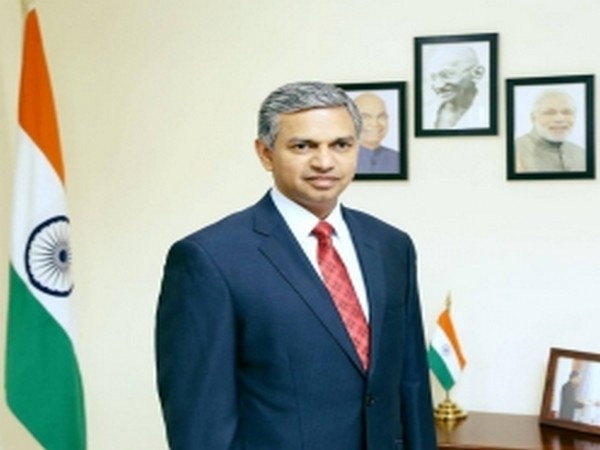International confidence in India is at an all-time high and confidence among investors is growing, said Reserve Bank of India (RBI) Governor Shaktikanta Das.
“There is growing confidence on India and I think the international confidence on India is perhaps at an all-time high,” Das told ANI, on the sidelines of the ongoing World Economic Forum in Davos, Switzerland.
Speaking about RBI’s growth projection for India for 2023-24 and subsequent growth estimates put out by the National Statistical Office, the latter pegged higher than that of what RBI did, Das said, “So, when we said 7 per cent for the current year, there were a lot of opinions outside that the RBI is overprojecting.”
The Reserve Bank of India (RBI) during its December monetary policy review meeting raised its growth forecast for the current financial year by 50 basis points to 7 per cent from an earlier estimate of 6.5 per cent.
The National Statistics Office in its first advance estimates projected the country’s economy to grow 7.3 per cent in the current financial year 2023-24, remaining the fastest-growing major economy.
“I said that for the current financial year, RBI’s growth projection was 7 per cent. The NSO (National Statistics Office) has said 7.3 per cent. So, when we said 7 per cent for the current year, there were a lot of opinions outside that the RBI is overprojecting. But in reality, the NSO has said 7.3 per cent for the current year and for FY 2024-25, what I mentioned is that my sense is that India’s GDP growth will touch 7 per cent,” Das said.
India’s economic activity has sustained its strong momentum with both urban and rural demand supporting growth. The strong thrust by the government on capital expenditure coupled with signs of pick up in private investment and healthy aggregate demand conditions, are expected to lift the real GDP growth, Das earlier said at a Luncheon Session organized by Confederation of Indian Industry on the topic ‘High Growth, Low Risk: The India Story’ as a part of the World Economic Forum (WEF) Annual Meeting 2024.
He further added that amid a challenging global macroeconomic environment, India presents a picture of growth and stability.
Highlighting the reasons behind India’s emergence as the beacon of growth, Das stated that the decisive and timely monetary policy actions of the Reserve Bank of India through appropriate policy actions and liquidity measures have helped India to achieve a quick and sustained recovery.
These actions have been supplemented by structural reforms in the areas of taxation, banking, ease of doing business, and boosting physical and digital infrastructure announced by the government in the last few years, which together have boosted the medium- and long-term growth prospects of the Indian economy.
Commenting on the global headwinds, Das noted that the recent heightened uncertainty has resulted in emerging market (EM) economies being at the receiving end of excessive volatility in the US dollar and bond yields.
“In such a situation, the EM economies which have their domestic challenges cannot be held hostage to international financial cycles. EM economies have to act to safeguard their interests. Accordingly, the multilateral institutions could do well to take a more nuanced and balanced view of policy perspective of the EM economies,” he added.
On the rising prowess of India’s Fintech sector, the RBI Governor said that the Fintech ecosystem in India has tremendously improved, with the adoption rate of Fintech in India rising to 87 per cent which is well above the global average of 67 per cent. India’s Fintech market is projected to reach USD 150 billion by 2025, a significant leap from USD 50 billion in 2021, he added. (ANI)
For more details visit us: https://lokmarg.com/
